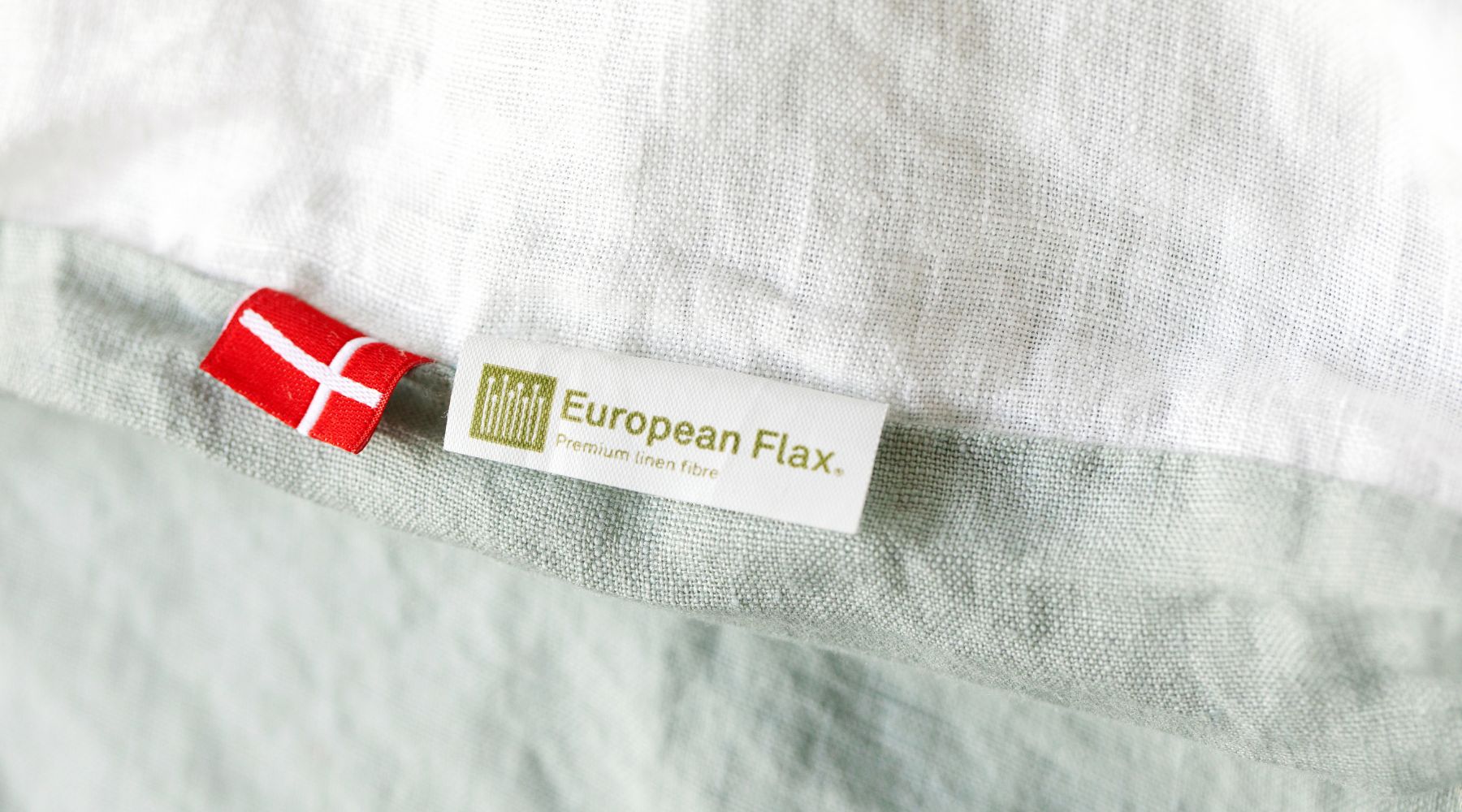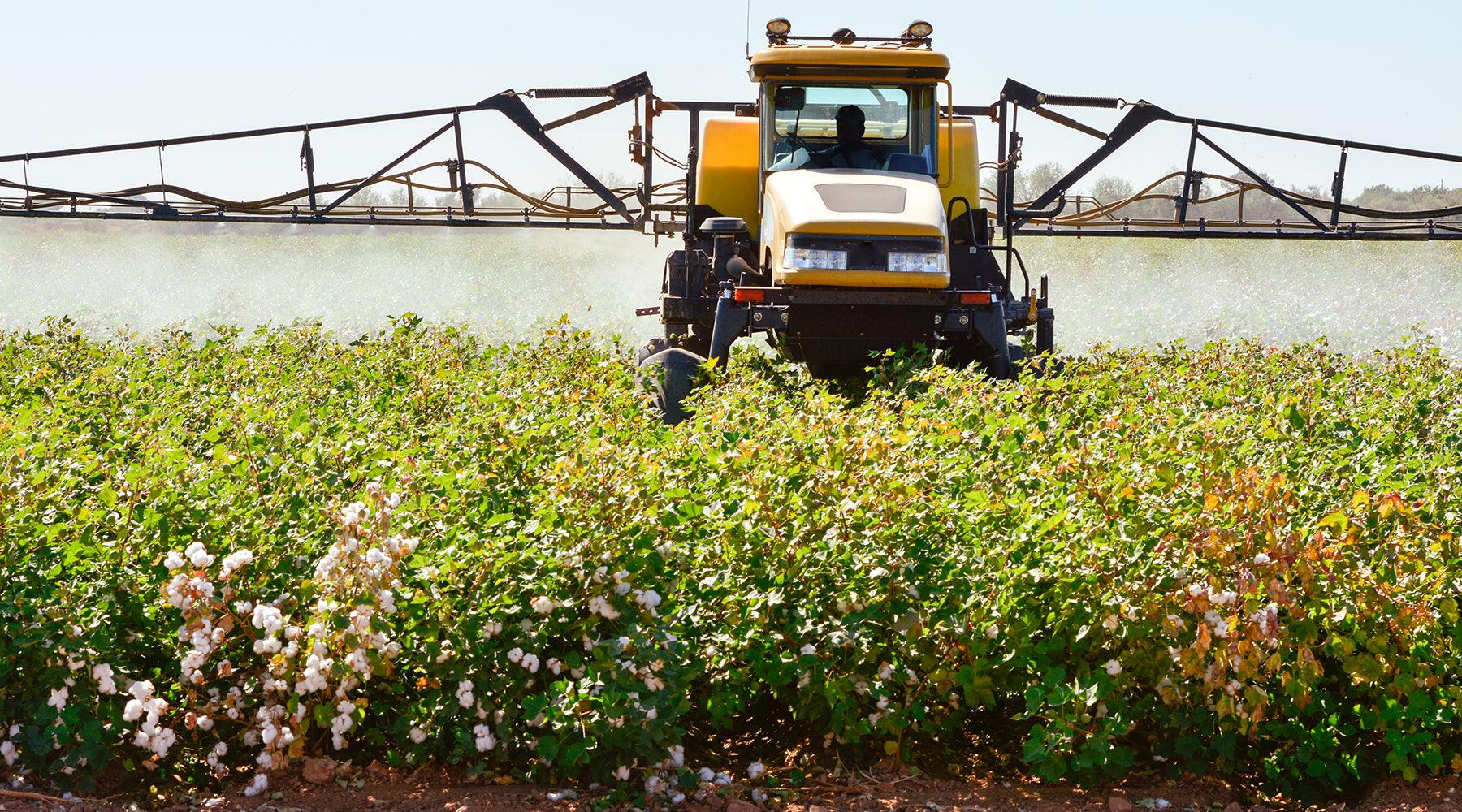
How to Wash and Take Care of Linen Bedding to Extend Its Lifespan
Organic flax linen bedding is known for its natural beauty, durability, and comfort. It's a sustainable and eco-friendly choice for a good night's sleep. To ensure your linen bedding stays soft, crisp, and lovely for years to come, it's crucial to know how to wash and care for it properly.
In this guide, we'll take you through the steps for washing, drying, and maintaining your linen bedding. Luckily, it is easy to take care of-linen is long-lasting and resilient and it only gets softer and more velvety with each wash. Thanks to the long flax fibers used in The Modern Dane organic European linen bedding, you will experience very little pilling (those pesky little fluff balls you get with cotton).
And since linen naturally has that sought-after lived-in look and feel, you can skip the ironing and just embrace its rustic charm (however, if you do want to tone this down, we have a tip for this as well further down-read on!).
Here is how to get the most out of your flax linen bedding by giving it the care and attention this eco-friendly and ultra-comfortable textile rightfully deserves.
![]()
Washing: Flax linen is machine wash safe and in fact will only get softer with repeat washing, so avoid fabric softeners as they are unnecessary and can leave a residue. Linen also doesn't need frequent washing-aim for every 2-4 weeks, or as needed, to maintain freshness. When you do wash it, wash on cold to keep the colors vibrant and choose a moderate spin cycle to avoid excessive wringing and wrinkling.
Use a mild, eco-friendly detergent that's free of harsh chemicals, bleach, and optical brighteners as these can break down the linen fibers over time. A detergent with a neutral pH is ideal for linen, as it helps protect the fibers.
For tough stains, you can pre-treat the linen with a gentle, enzyme-based cleaner designed for natural fabrics.
![]()
Whitening: You will want to avoid using any whitening agents on our colored and printed duvet covers as it will fade the designs. For whitening pure white linen sheets, avoid products with a chlorine base (bleach), which can have a yellowing effect on linens. Instead, use detergents and whitening products with a base of oxygenated agents.
![]()
Tumble Drying: The best way to dry your linen bedding is to air dry it naturally. Hang it outside in the shade or indoors if possible. However, if you're in a hurry or have limited space, you can use a tumble dryer on a low, gentle setting. Pro tip! Take your linen bedding out of the dryer while it's still slightly damp and hang it up to air-dry for a few hours if you'd like to get rid of most of the wrinkles.
![]()
Ironing: Our washed flax linen duvet covers really don't need ironing as the slightly rustic look is all part of the charm. But if you prefer a smoother finish, linen is very easy to iron as well. We recommend ironing the linen on the reverse side while it is still damp, on low-to-medium heat with or without steam.

Professional Cleaning: If you want to get your duvet covers professionally cleaned, flax linen can be dry cleaned as well. Just make sure you use a cleaner who knows how to take good care of linen.
General Linen Care Tips:
-
Rotate Your Linens: To extend the life of your linen bedding, rotate between two or more sets. This reduces wear and tear.
-
Store Properly: When not in use, store your linen bedding in a cool, dry place, away from direct sunlight. Avoid plastic bags, as they can trap moisture and promote mold growth.
-
Avoid Over-Drying: Over-drying your linen can make it brittle and less comfortable. Always aim for slightly damp linen when using a dryer.
-
Avoid Direct Sunlight: The sun's ultraviolet (UV) rays not only fades and discolors your linen bedding but it also weakens its fibers, which can ultimately lead to tears. Natural textiles such as cotton, silk, and linen are particularly susceptible to damage from sunlight so try to keep your blinds or curtains close during the day, or cover your linen bedding with a throw to extend its lifespan.
-
Shake it Out: Give your linen bedding a good shake after washing and drying to help maintain its natural, relaxed look.
-
Embrace Wrinkles: Linen is known for its charming wrinkles, so don't worry too much about ironing out every crease. The wrinkles add to its unique beauty.
By following these steps and tips, you can ensure that your organic flax linen bedding remains soft, durable, and beautiful for years to come. Proper care not only prolongs the life of your bedding but also contributes to a sustainable and eco-friendly lifestyle. Enjoy your comfortable and eco-conscious sleep!
Ready to take care of some linen bedding of your own? Check out our collection of 100% organic European linen bedding. Made from the finest Belgian, French, and Dutch flax linen and hand-sewn in Portugal by crafts-people.









